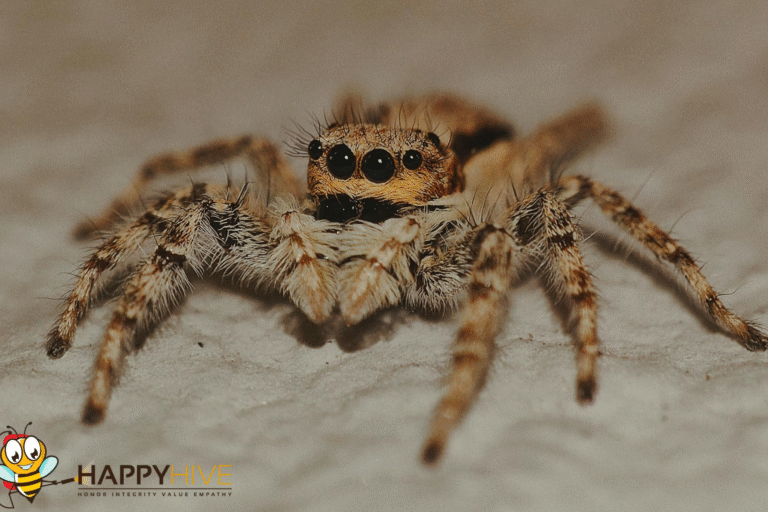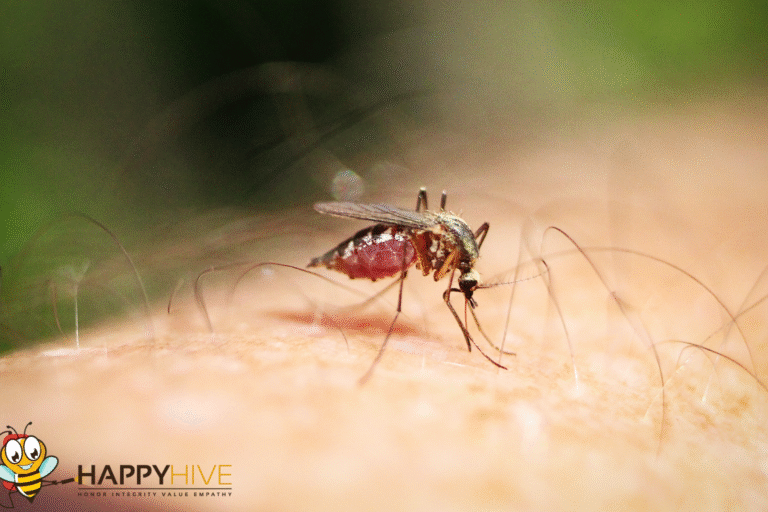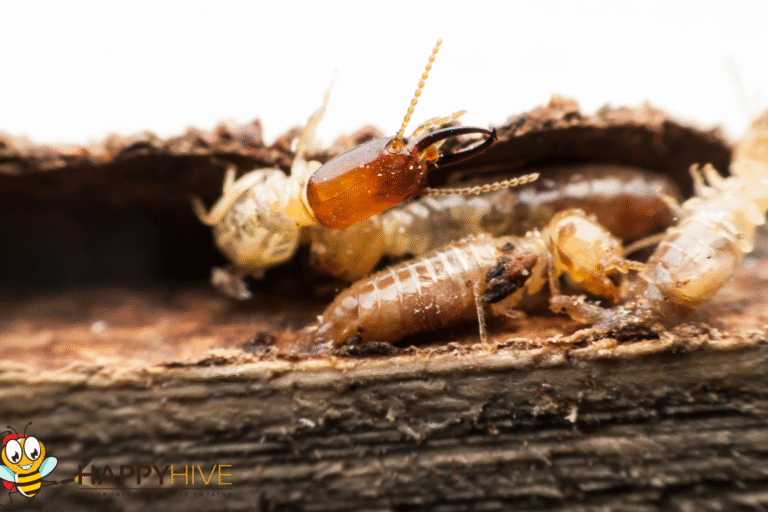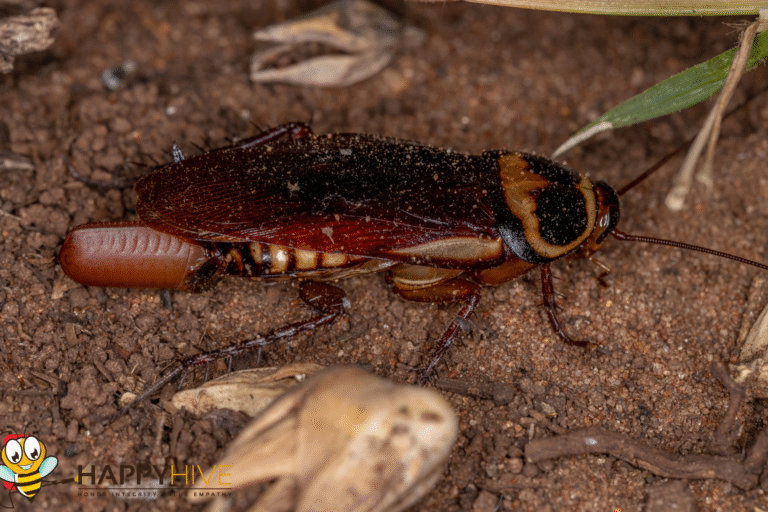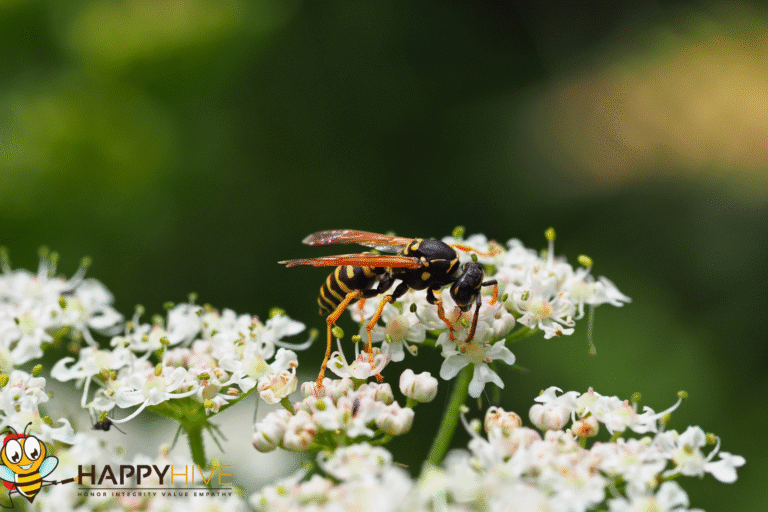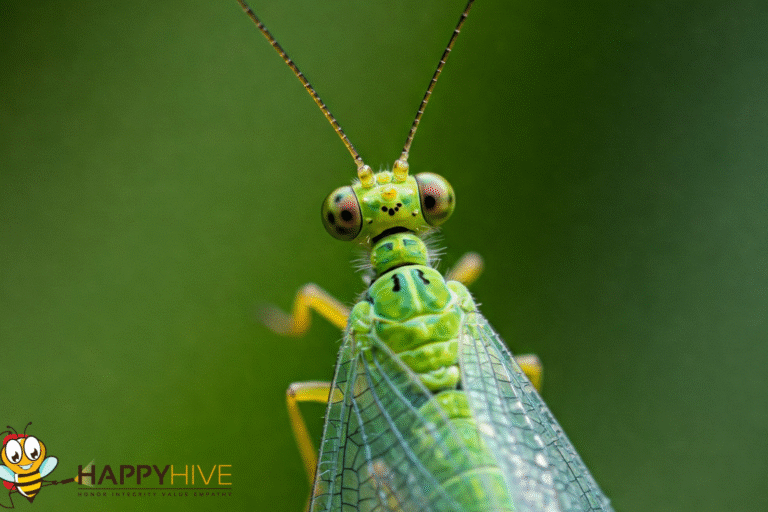The Hidden Health Risks Lurking Behind Common Household Pests
When most people think of household pests, they picture the inconvenience of chewed wires, contaminated food, or unsightly droppings. However, pests are more than just a nuisance. Many carry hidden health risks that can impact your family’s safety and well-being if left unaddressed. Understanding these dangers is the first step toward protecting your home.
Why Household Pests Pose Serious Health Threats
Pests are more than an eyesore. They often carry pathogens, allergens, and parasites that can cause illness in humans and pets. From contaminating food surfaces to triggering respiratory issues, these invaders create unsafe living environments. This is why finding a trusted pest control service near me is not just about comfort; it’s about safeguarding your health.
Rodents: More Than a Chewing Hazard
Mice and rats are known for gnawing through insulation, electrical wires, and stored items, but their health risks go far beyond property damage. Rodents can carry diseases like hantavirus, leptospirosis, and salmonella, which can be transmitted through droppings, urine, or direct contact.
Additionally, rodent infestations often attract secondary pests such as fleas and mites, compounding health risks. Their nesting habits can also worsen asthma and allergies by circulating airborne particles in your home.
Cockroaches: A Trigger for Allergies and Asthma
Cockroaches are resilient pests that thrive in kitchens, bathrooms, and other areas with access to food and water. Beyond being unpleasant to see, they carry bacteria such as E. coli and Salmonella, which can contaminate food surfaces.
Even more concerning, cockroach droppings, saliva, and shed skins contain allergens that can trigger or worsen asthma, especially in children. Studies have shown that prolonged exposure to cockroach allergens can significantly increase the risk of chronic respiratory problems.
Ants: Small Pests, Big Problems
While most ants are not directly dangerous, they can still spread harmful bacteria by traveling through unsanitary areas before entering your kitchen or pantry. Carpenter ants, in particular, can cause structural damage by hollowing out wood for nesting.
Some species, like fire ants, pose additional risks through their painful stings, which can cause severe allergic reactions in sensitive individuals.
Flies: Disease-Carrying Invaders
Houseflies and fruit flies may seem harmless, but they are highly efficient disease carriers. Flies feed on decaying matter, waste, and food scraps, picking up bacteria and parasites along the way. When they land on your food or countertops, they can transfer harmful pathogens like Salmonella, E. coli, and even parasitic worms.
Because flies reproduce quickly, a small problem can escalate into a major health hazard within days.
Bed Bugs: Not Just an Itchy Problem
Bed bugs feed on human blood, leaving behind red, itchy welts. While they are not known to transmit diseases, their bites can cause allergic reactions and skin infections from scratching.
Beyond physical discomfort, bed bug infestations often lead to stress, anxiety, and insomnia, impacting mental health as much as physical well-being.
Mosquitoes: A Global Health Concern
Mosquitoes are widely recognized as one of the most dangerous pests in the world due to their role in spreading diseases like West Nile virus, dengue, and Zika virus. Even in areas with low disease transmission rates, their bites can still cause allergic reactions and discomfort.
Standing water around your property, such as in clogged gutters, birdbaths, or unused containers, provides ideal breeding grounds for these pests.
Termites: Silent Destroyers with Hidden Risks
While termites are primarily a structural threat, their presence can indirectly impact health. Damaged wood can create entry points for other pests, and the dust from termite-damaged materials can irritate allergies. Additionally, some studies suggest that prolonged exposure to termite droppings and dust could affect respiratory health in sensitive individuals.
Why Professional Pest Control Is Essential
Addressing pest problems promptly is critical to minimizing health risks. While DIY solutions may provide temporary relief, professional intervention ensures thorough inspection, targeted treatment, and long-term prevention. Local options like pest control Hamilton services can help you identify the root of the problem and apply safe, effective solutions that protect your household year-round.
Whether you need Hamilton pest control for a sudden infestation or ongoing pest control Hamilton Ohio for preventive maintenance, expert services address both the visible pests and the hidden threats they leave behind.
Preventive Steps to Reduce Health Risks from Pests
While professional treatment is key, homeowners can take preventive measures to reduce the risk of pest infestations:
- Seal entry points: Caulk cracks, repair torn screens, and install door sweeps.
- Maintain cleanliness: Store food in airtight containers and clean up spills promptly.
- Eliminate water sources: Fix leaks, empty standing water, and keep gutters clean.
- Dispose of garbage regularly: Use sealed trash bins and remove waste frequently.
- Inspect regularly: Check for signs of pests in basements, attics, and crawl spaces.
By combining preventive action with expert pest management, you create a healthier, safer home environment.
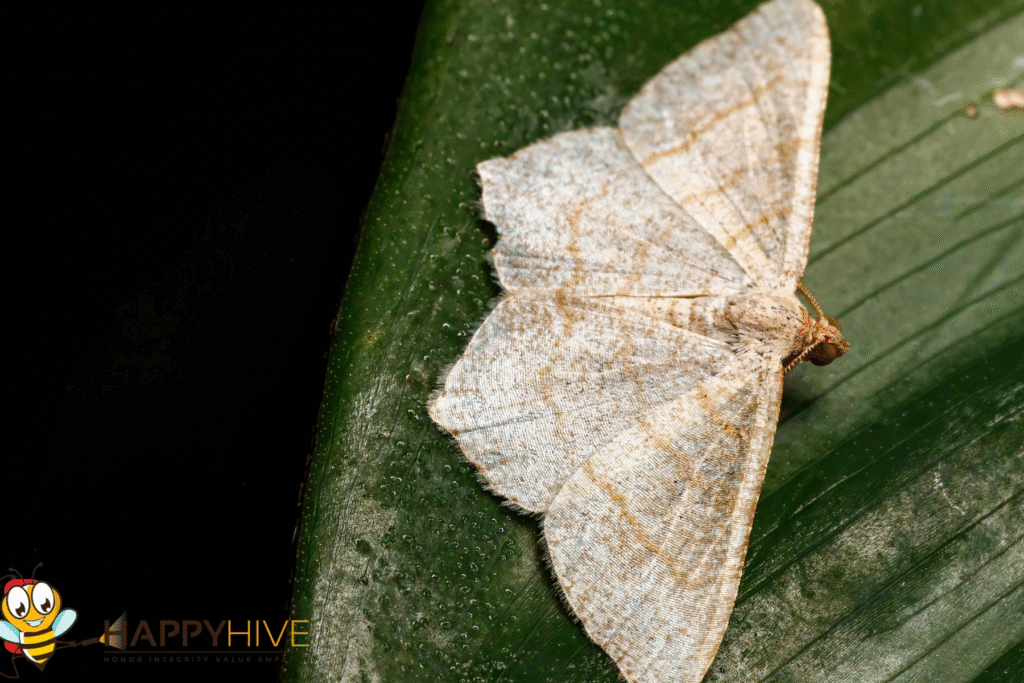
About Happy Hive Pest Management
Happy Hive Pest Management is a trusted provider of professional pest control solutions in Hamilton, Ohio, and surrounding areas. Specializing in safe, effective treatments, the company helps homeowners and businesses protect their properties from pests like ants, rodents, termites, bed bugs, mosquitoes, and more.
Whether you’re looking for a reliable Hamilton pest control service for prevention or a fast response to an active infestation, Happy Hive Pest Management delivers comprehensive solutions tailored to your needs. With a focus on customer satisfaction, safety, and long-term protection, they are a top choice for pest control in Hamilton and beyond.


